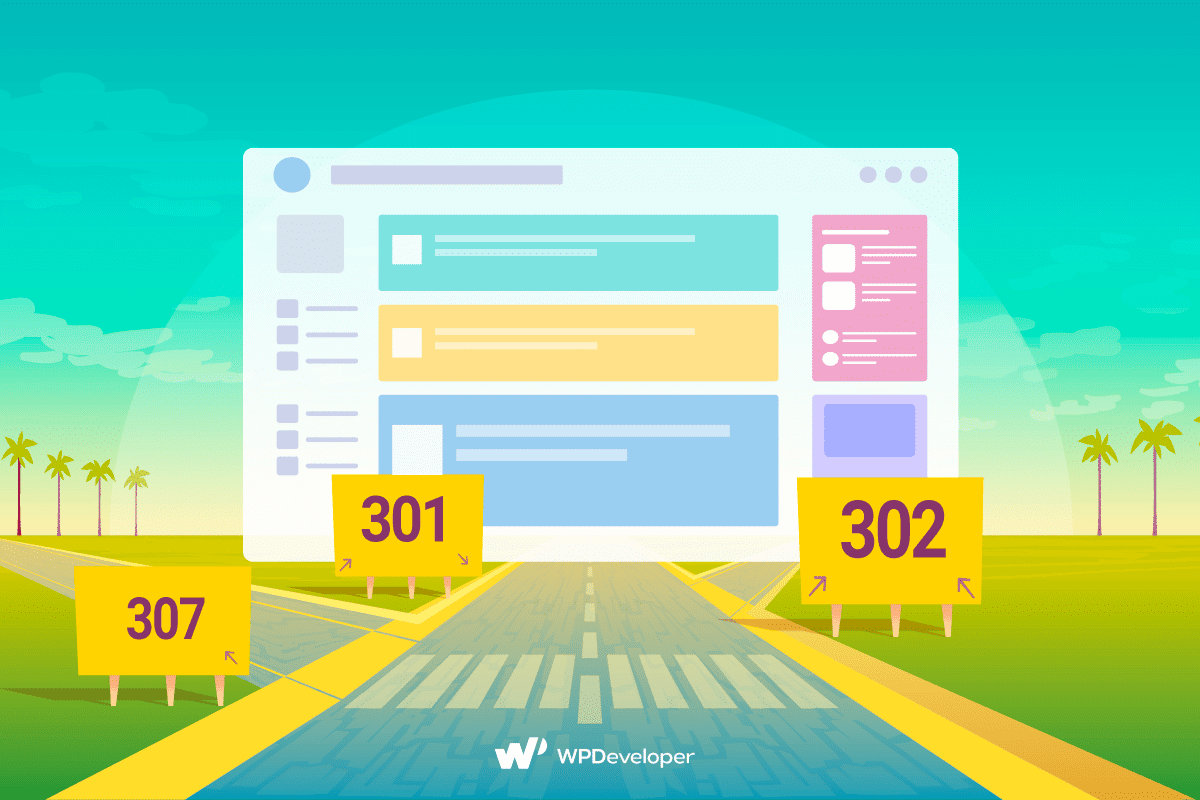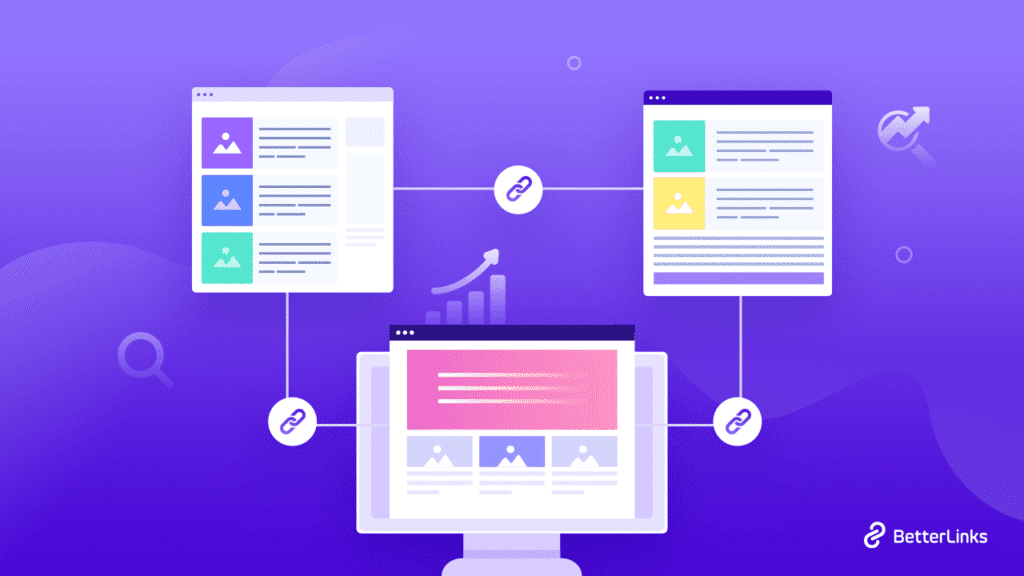Since almost every business nowadays has websites, the right amount of traffic to their site is an important factor to consider. Because, the higher the traffic, the better sales and exposure your business gets. However, website traffic is not constant, it fluctuates. There are several reasons why website traffic is low.

Considering such aspects, low website traffic is alarming to any website owner, because it signals potential issues that need immediate attention to prevent long-term traffic drop on the website. Whether you’re a seasoned marketer or a newcomer to the digital world, identifying and addressing these challenges is key to maintaining and growing your audience.
🚦 What Are The Types of Website Traffic?
Website traffic has various types, and each type represents a unique way in which visitors find and interact with a website. It reflects various aspects of user behavior and marketing strategies. Understanding these types of reports indicates how traffic arrives at a website:
1. Organic Traffic: Users find your site using a search engine (Google, Bing, Yandex, etc).
2. Direct Traffic: Visitors type your website address directly into their browser.
3. Referral Traffic: People enter your website by clicking on a link from another site (Affiliate).
4. Social Traffic: Comes from social media sites like Facebook, Twitter, LinkedIn, etc.
5. Paid Search Traffic: Traffic that comes from search engine advertising (PPC, ad campaigns, etc)
💡 Does Only Traffic Matter?
If your website’s goal is to drive traffic randomly then it will not perform well on search engines. Because the algorithm is constantly evolving and getting more user-centric. To be well aligned with the search engine you would need to drive potential traffic, which stands for quality traffic to your website.
Quality traffic on a website refers to visitors who are genuinely interested in the products, services, or information offered on the site. The quantity of website traffic could be better here.
Quality website traffic attracts potential visitors who find the content informative and engaging. It helps to convert leads to customers. As a result, you achieve a higher website traffic rate and reach the goal.
Several factors contribute to the quality of website traffic. For instance, using highly relevant keywords in web content, meta descriptions, and headings can attract visitors who are actively searching for related products or services. Traffic from trusted sources such as reputable industry websites or social media platforms also drives quality website traffic.
📈 Industry Traffic Benchmark: How Can You Achieve?
The industry traffic benchmark is a growth of 10-20% each month. If the website traffic is below that range, it is considered your website traffic is low. To achieve this traffic goal for your website you need to analyze the website’s performance and plan the strategy accordingly.
To effectively boost website traffic, website owners should adopt a multifaceted digital marketing approach. Such as Search Engine Optimization (SEO) to enhance search visibility through keywords and quality content. Also, Content Marketing and Social Media Marketing to promote content and interact with users across platforms like Facebook and Instagram.
Apart from that, you can utilize tools to get more data-based insights that would help you understand why your organic traffic is low. In this case, some tools offer a unique perspective on your website’s performance, such as Google Analytics, Hotjar, Google Search Console, Pingdom, GTmetrix, WebPageTest, SEO Site Checkup, and others. You can measure the success of your website and track user behavior, performance, and traffic analytics.
10+ Reasons Why Your Website Traffic Is Low
If the website traffic is low, it can be a significant concern for businesses and individuals relying on their websites to generate leads, sales, or engagement. Understanding the reasons behind low website traffic is crucial for developing effective strategies to increase it. Here are some common reasons why your website traffic is low:
- Irrelevant Content
- Error in Redirects
- Google Algorithm Updates
- Slow Page Speed
- Search Engine Penalties
- Low-Quality Backlinks
- Technical SEO Issues
- XML Sitemap Change
- Keyword Cannibalization
- Local SEO Issues
- Poor Content Velocity
Let us take a brief insight into each of the reasons that potentially become reasons why your website traffic is low:
Irrelevant Content
Irrelevant content leading to low engagement, high bounce rates, and reduced traffic fails to meet visitors’ needs or interests. This negatively impacts SEO rankings as search engines prioritize content relevance and potentially harm a website’s visibility on SERP. As a result, you face your website traffic is low.
To address these issues, you should focus on creating relevant and useful content tailored to the target audience, and optimize content for search engines through keyword research and effective meta tags. Also, conduct regular content audits, refresh outdated or low-quality pages, and improve the overall user experience by enhancing website design, navigation, and loading speed.
Error in Redirects
If your website traffic is low drastically, broken redirects can significantly be the reason. Because they hamper the user experience and harm search engine rankings. It usually happens when URLs are changed or content is deleted without proper redirection—such improper redirections cause the links to lead to error pages or irrelevant content.

Due to this reason, users get disturbed and frustrated. This issue will eventually lead to higher bounce rates that signal search engines about the site as poorly maintained. As a consequence of that report, you see your website traffic is low and lose credibility. However, the loss of link equity from external sites due to broken redirects further impacts page authority and search visibility.
You must do regular audits to shield against the negative effects of broken redirects. To do proper audits use tools like Google Search Console or Screaming Frog to identify and fix any issues. Implementing 301 redirects for permanent URL changes helps preserve link equity. It simplifies the redirect process by avoiding chains and loops ensuring a smoother user experience.
For temporary redirection, you can use 307 redirects. It is used when a resource has been temporarily moved to another URL but is expected to return to the original URL, making it suitable for temporary content relocation without altering the request method, for preserving the integrity of the original request.
Lastly, 302 redirect, is a temporary redirection method for signaling to search engines that the move is not permanent. It is typically used during content updates, A/B testing, or when a page is temporarily unavailable.
Google Algorithm Updates

Search engine algorithms, like Google’s, are constantly evolving. The major updates can lead to low website traffic for pages that don’t align with the new standards. In 2023, Google rolled out several significant updates, including core updates in March, August, October, and November.
These updates aim to improve the relevance and quality of search results. To achieve higher quality of search results priority would be given to websites that have user-focused content and penalize those with spammy or low-value content.
For instance, the November 2023 core update was part of a series of updates that focused on different aspects of Google’s ranking processes. The overall goal was to present websites and content with more helpful and reliable user-centric search results.
Sites that were negatively impacted by these updates likely saw a decrease in their search rankings, leading to less organic traffic. The updates also targeted specific issues like spam content, which misses the user intent too. The visibility in search results across multiple languages has seen this impact.
To maintain or recover if the website traffic is low after such updates, you should focus on creating high-quality content. Maintain its relevance in it so that it aligns with Google’s guidelines. By adapting to these algorithmic changes, websites can improve their chances of ranking well and attracting more visitors.
Slow Page Speed
Slow page load speeds can lead to a significant drop in low website traffic as they hugely affect user experience and search engine rankings. Users typically expect pages to load within two seconds.
They are likely to abandon a site that doesn’t meet this expectation. As a result, your website gets higher bounce rates and decreased engagement. This behavior not only reduces the immediate traffic but can also harm a site’s health and reputation.
Search engines like Google consider page speed a critical ranking factor. Slower sites may rank lower in search results, further reducing their visibility and organic traffic. To fix the slow speeds, you should optimize images, and minify CSS and JavaScript files. Also, implement browser caching, and use content delivery networks (CDNs). Regular monitoring with tools such as Google’s PageSpeed Insights is essential to ensure that websites remain fast and user-friendly, thereby maintaining traffic levels and search engine rankings.
Search Engine Penalties
Search engine penalties, particularly from Google, can reduce a website’s organic position in SERP and you will see your website traffic is low. These penalties come from violations of Google’s Webmaster Guidelines. They are categorized into manual actions and algorithmic penalties.
Manual actions result from direct reviews by Google’s team for severe breaches. It consists of notifications and recovery instructions provided via Google Search Console. Algorithmic penalties occur automatically for black hat practices like keyword stuffing or unnatural link building, cloaking, and others.
These wrongdoings are detected by updates such as Panda and Penguin. It often requires close observation of low website traffic and ranking drops for diagnosis. To get up from this mess you can start by improving content quality or disavowing bad backlinks.
However, for manual penalties, submit a reconsideration request. Prevention is key, focusing on ethical SEO practices, and regular monitoring through tools like Google Search Console. Stay aligned with the further updates to keep the website shielded from the penalties.
Low-Quality Backlinks

Low-quality backlinks greatly harm a website’s ranking and overall SEO performance. Eventually, it leads to low website organic traffic. These kinds of backlinks often originate from spammy, irrelevant, or low-authority websites.
They are considered manipulative by search engines like Google. They can trigger penalties and low ranking in search results. The presence of such backlinks suggests to search engines that a site might be engaging in black-hat SEO practices to boost its rankings.
Instead of earning its position through quality content and legitimate SEO strategies, you are turning things against the set of rules. Recovering from the negative impact of low-quality backlinks you can remove or disavow these links.
Tools like Semrush, Ahref, etc. help website owners audit their backlink profiles to spot and address harmful backlinks. It is crucial to focus on building high-quality backlinks from reputable sources. Having backlinks from such sources improves a website’s SEO health and protects against future penalties.
Technical SEO Issues
One of the most crucial aspects of SEO is technical SEO. It could be the prime cause if your website traffic is low. Having faults in it can cause a significant drop in website traffic by reducing search engines’ ability to crawl and index a site’s content effectively. Common technical problems include incorrect robots.txt rules that block search engine crawlers. Also, server errors that prevent access to the site, and improper implementation of redirects that can lead to loss of link equity, Unoptimized HTTP status codes, and poor website maintenance can contribute to low website traffic.
To get out of these issues, it is essential to conduct regular technical SEO audits to identify and resolve problems. Such as broken links, duplicate content, and crawl errors. Tools like Google Search Console can help detect server issues, crawl errors, and provide insights into how Googlebot views your site. Ensuring proper indexing, and maintaining a clean and efficient codebase are also critical for preventing technical SEO issues from creating low website traffic.
Crawling Error
Crawling error happens due to XML sitemap changes or not optimizing it properly. It causes many additional errors such as indexing delays, crawl errors, and mismanagement of crawl priorities. To reduce these issues and turn up your website traffic is low, it’s essential to update and optimize the XML sitemap regularly. To ensure it accurately reflects the current URLs and does not include blocked or non-indexable pages.
Using tools like Google Search Console can help monitor the sitemap’s status and identity issues to find a prompt resolution. However, along with creating high-quality, relevant content, employing effective internal linking strategies enhances the discoverability and indexing of important pages. independent of sitemap directives. By doing these best practices, websites can maintain or improve their search engine visibility and get out when website traffic is low despite changes to their XML sitemap.
Keyword Cannibalization
Keyword cannibalization occurs when multiple pages on a website target the same keywords. It leads to competition among those pages, which weakens their authority and confuses search engines. As a result, it causes lower SERP rankings and low website traffic.
To address this issue, consider combining similar content into a single authoritative page. Try improving internal linking to emphasize the primary page for each keyword. Also, it is better to use redirections to merge duplicate pages.
It assists in revising content to target unique keyword variations for each page and implementing canonical tags to signal the preferred page to search engines. Employing these strategies can help clarify your site’s structure to search engines. It will enhance user experience by directing them to the most relevant content.
Local SEO Issues
Yes, local SEO issues can cause significant amounts of traffic loss from your website. You can’t ignore this aspect if you are doing business locally, since 46% of the web searches are for local businesses. So, when website traffic is low, it badly impacts in this regard. Inconsistent Name, Address, Phone number, and Website (NAPW) data across online listings can confuse search engines and potential customers. It negatively affects your local search rankings and causes website traffic to drop.
Another factor of local SEO that impacts the low site traffic and increases the bounce rate is the lack of positive reviews. Not having enough positive reviews, or ignoring negative reviews, can affect your business’s credibility and search rankings. Lastly, not claiming or optimizing your Google My Business (GMB) listing can limit your visibility in local search results.
To get over these problems and get the best out of your local SEO efforts, start with accurate NAPW data. You will notice the traffic incoming at a certain satisfactory rate. After that, optimize according to the local content, and gather positive reviews.
It will attract potential visitors to visit your website. And try to claim your GMB listing. Fill out all the information accurately, add high-quality photos, and regularly update your listing with posts and offers to engage potential customers.
Poor Content Velocity
So, if your website traffic is low then content velocity might be the reason. Content velocity is about the speed and consistency at which you produce new content on your website. However, it is not about the quantity alone but the quality of content regularly. By doing so, you are keeping search engines warm and your audience regularly engaged.
To fix it, you have got to get back on track. See how often your competitors are posting and what kind of stuff they’re putting out there. Then you can map out what you’re going to write about and when. Stick to topics that matter to your audience and keep the quality high. Also, try to repurpose your content by leveraging social media and trending industry topics when your website traffic is low.
Increase Your Website Traffic From Today
To quickly increase website traffic, focus on crafting compelling headlines and high-quality content. Keep a sharp eye on optimizing for SEO with relevant keywords and mobile responsiveness. Ensure implementation of an internal linking strategy to improve user experience and SEO relevancy. If required then repurpose content across different formats to reach a broader audience.
We hope you found this blog helpful and feel free to share your thoughts with us by commenting below. If you want to read more exciting blogs, subscribe to our blog page, and join our Facebook community to get along with all WordPress experts.




